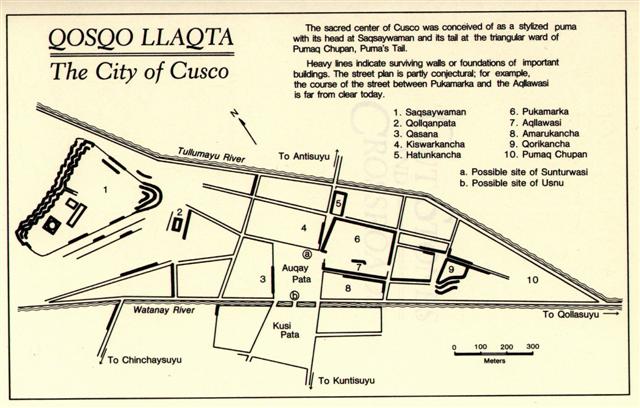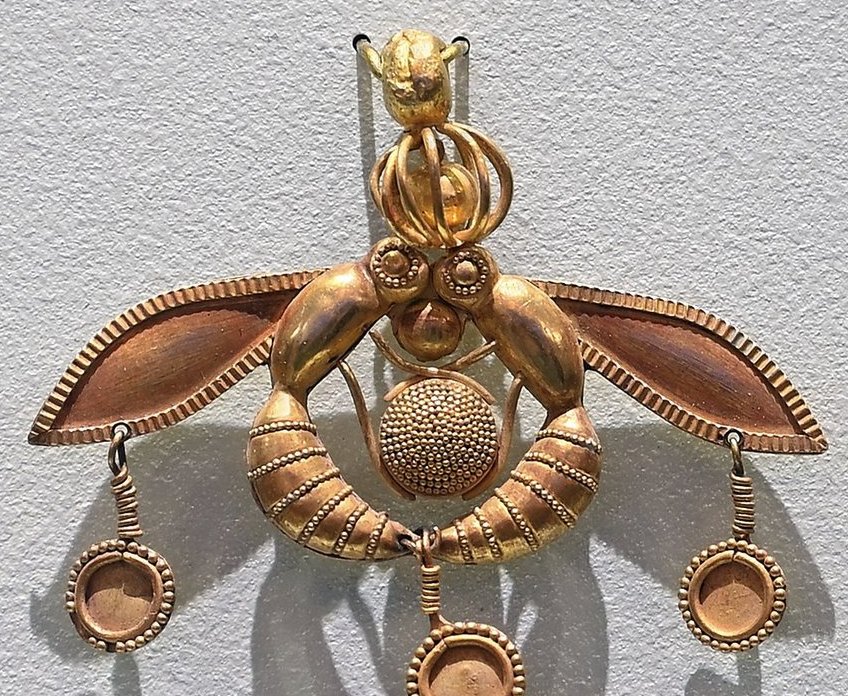|
Once again, from midsummer in JUNE 21 (172) to JULY 6 (*107) there were 15 days:
And then we could add 10 more days:
And 100 days after heliacal Sirius was September 18, viz. day 261 (= 290 - 29) = November 18 - 61. ... The correspondence between the winter solstice and the kali'i rite of the Makahiki is arrived at as follows: ideally, the second ceremony of 'breaking the coconut', when the priests assemble at the temple to spot the rising of the Pleiades, coincides with the full moon (Hua tapu) of the twelfth lunar month (Welehu). In the latter eighteenth century, the Pleiades appear at sunset on 18 November. Ten days later (28 November), the Lono effigy sets off on its circuit, which lasts twenty-three days, thus bringing the god back for the climactic battle with the king on 21 December, the solstice (= Hawaiian 16 Makali'i). The correspondence is 'ideal' and only rarely achieved, since it depends on the coincidence of the full moon and the crepuscular rising of the Pleiades ... The reversed bird means he had no future, as at TERMINALIA in the G text:
The corresponding vertical sign was when the ruler was upside down.
The star name Alaraph means Unarmed.
|
|||||||||||||||||||||||||||||||||||||||||||||||||||||||||||||||||||||||||||||||||||||||||||||||||||||||||||||||||||||||||||





















